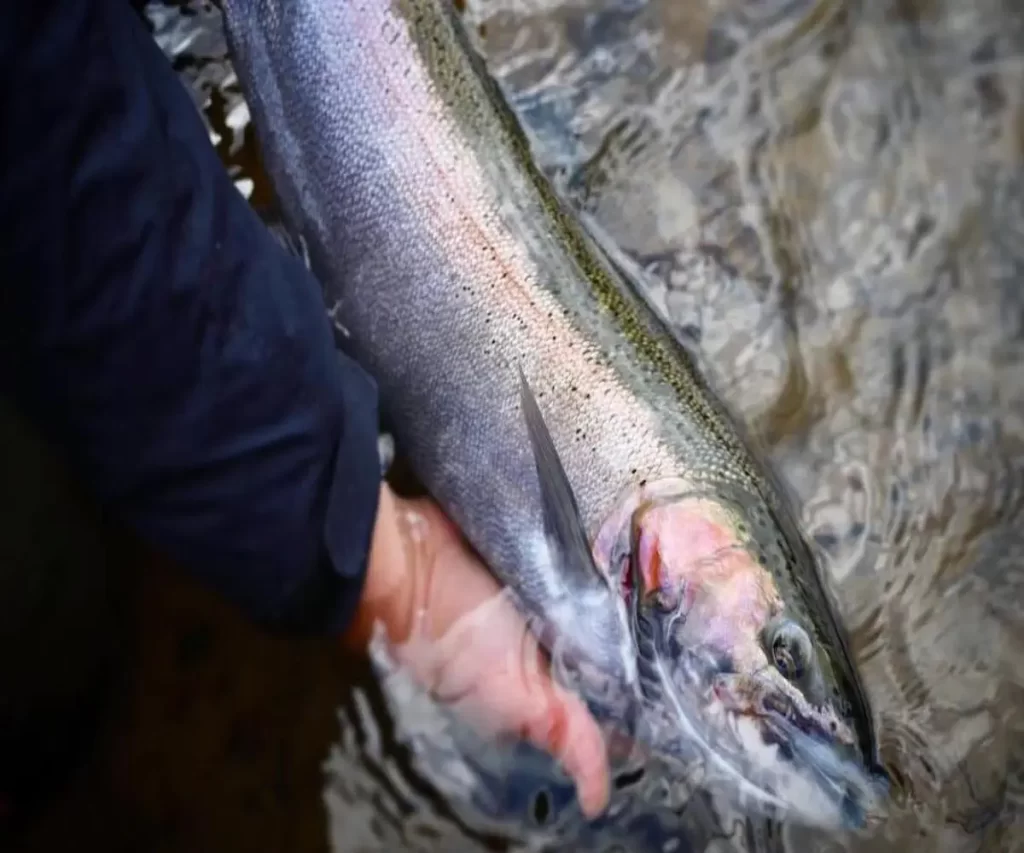
Learning How to Land a Fish
Fishing is not just a recreational activity; it’s a timeless pursuit that connects us with nature and provides a sense of accomplishment. However, the thrill of fishing reaches its pinnacle when you successfully learn how to land a fish. Whether you’re a novice angler or an experienced one looking to refine your skills, this comprehensive guide will walk you through the essential steps on how to land a fish.
Understanding the Basics
Choose the Right Equipment
Before you even cast your line, it’s crucial to select the appropriate fishing gear for the type of fish you’re targeting. Factors to consider include the rod length, reel type, fishing line strength, and the choice of bait or lures. Research the specific requirements for your target species to ensure you have the right tools for the job.
Master Your Casting Technique
Effective casting is the foundation of successful fishing. Practice different casting techniques to improve your accuracy and distance. Pay attention to your body positioning, arm movement, and the release of the line. A well-executed cast increases your chances of hooking a fish and sets the stage for a successful landing.
Hooking the Fish
Be Patient and Attentive
Once you’ve cast your line, the waiting game begins. Patience is key in fishing, but it’s essential to stay attentive to any signs of activity. Watch for subtle movements or twitches in the line that could indicate a fish has taken the bait.
Set the Hook Properly
When you feel a bite or notice a significant tug on the line, it’s time to set the hook. A common mistake is to jerk the rod too hard, potentially dislodging the hook from the fish’s mouth. Instead, use a swift, controlled motion to set the hook firmly. Practice this technique to find the right balance between force and finesse.
Playing the Fish
Maintain a Stable Rod Position
Once the fish is hooked, the next challenge is to play it skillfully. Keep your rod at a stable angle to absorb the fish’s movements. Avoid excessive jerking or sudden movements that may result in a broken line. A flexible rod is advantageous, as it absorbs the fish’s energy and reduces the risk of line breakage.
Adjust Your Drag System
The drag system on your reel is a critical component when playing a fish. It controls the amount of resistance the fish encounters when pulling the line. Adjust the drag based on the size and strength of the fish. A too-tight drag may result in a broken line, while a too-loose drag could lead to the fish escaping.
Landing the Fish
Use a Landing Net
A landing net is a valuable tool for safely bringing a fish out of the water. When the fish is close to the shore or boat, use the net to scoop it up gently. Ensure the net is appropriately sized for the fish you’re targeting, as using a net that is too small may lead to difficulties in landing larger specimens.
Handle the Fish with Care
Once the fish is out of the water, it’s crucial to handle it with care. Wet your hands before touching the fish to minimize the removal of its protective slime layer, which helps prevent infections. Avoid squeezing the fish tightly, especially around the abdomen, as this can harm internal organs.
Use Pliers for Hook Removal
Removing the hook safely is an essential skill in fish handling. Needle-nose pliers are a valuable tool for this task. Grasp the hook firmly and twist it gently to dislodge it from the fish’s mouth. If the fish has swallowed the hook deeply, consider cutting the line close to the hook rather than causing unnecessary harm by attempting to remove it.
Catch and Release
Practice Ethical Catch and Release
If you’re not keeping the fish for consumption, practice ethical catch and release. Minimize the time the fish spends out of the water, and release it gently to ensure its survival. Be aware of catch and release regulations in your area, and use barbless hooks if possible to make hook removal easier and less damaging for the fish.
Revive Exhausted Fish
After a strenuous fight, a fish may be exhausted. To increase its chances of survival upon release, hold it upright in the water, allowing it to regain its strength. Move the fish back and forth to help water pass through its gills, ensuring proper oxygenation before letting it swim away.
Advanced Tips for Landing Big Fish
Employ the “Pump and Reel” Technique
When dealing with larger and more powerful fish, such as saltwater species, the pump and reel technique can be highly effective. Instead of trying to muscle the fish in, use a pumping motion with the rod and reel in the slack during the downward movement. This helps tire out the fish gradually.
Utilize Rod Movement to Steer the Fish
While playing a fish, use your rod to influence its direction. If the fish is attempting to swim under a structure or into weeds, angle your rod to guide it away. Be prepared to adjust your rod position quickly to react to the fish’s movements and prevent it from escaping.
Landing a fish is a combination of skill, technique, and respect for the fish and its environment. By mastering the fundamentals of fishing, understanding the behavior of different species, and practicing ethical handling, you can enhance your ability to land fish successfully. Remember, every fishing experience is a learning opportunity, so stay patient, stay attentive, and most importantly, enjoy the journey of becoming a proficient angler.